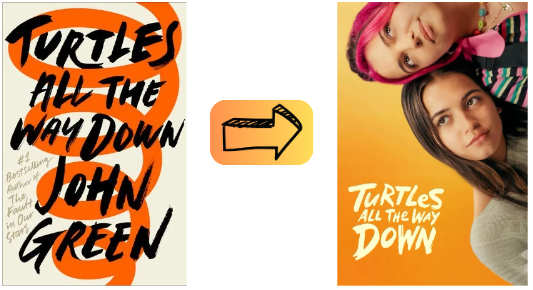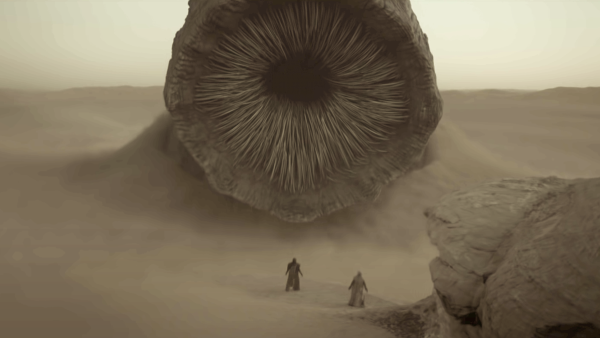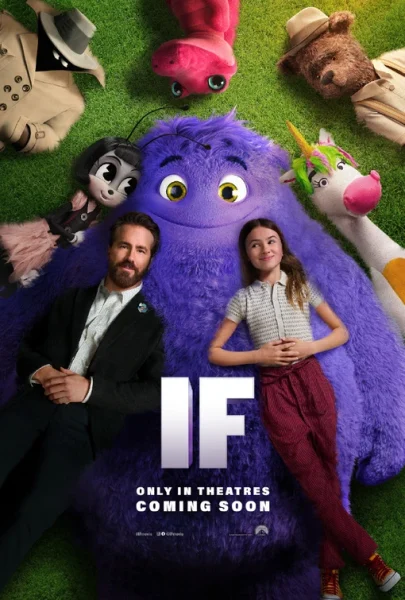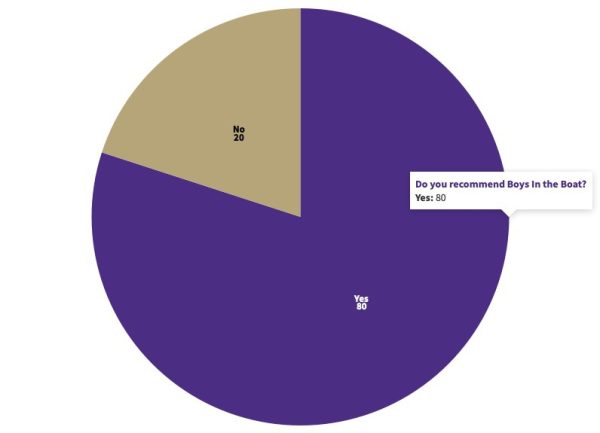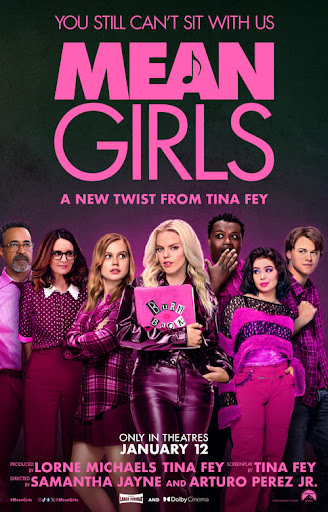Spider-Man Across the Spider-Verse Swings Into Theaters on October 7th, Raising Critical Questions: Is Marvel Whitewashing Their Characters?
Spiraling through the multiverse once again, Miles Morales is back for his 2nd feature film. Spider-man Across the Spider-verse swings into theaters on October 7th, 2022.
Accompanied by Gwen Stacy and a new team of Spidermen, Miles and Gwen encounter as they travel through the spider-verse filled with hundreds of different dimensions.
Miles was first brought to our screens in December 2018 in Spiderman Into the Spider-verse, as our first Afro-Latino superhero in the MCU.
The new trailer for across the Spider-Verse was released on December 4th, 2021, prompting many opinions from our student body.
“The trailer was very engaging and made me want to watch the new movie,” senior Andre Jenkins said.
Across also features a different animation style as opposed to Into the first movie. We noticed the first film having a solid darker base of colors, while the second production has lighter colors and more blurs added.
“The animation seemed more similar to the comic book and seemed more stop motion compared to the first movie,” Jenkins said.
The first film took 4 years to animate. Sony animators ended up editing Miles in a different structure of frames per second, which is the speed of how images are shown for example: 12 frames per second. This is how many FPS miles started off in Into the Spider-verse.
Due to the elaborate style of the Spider-verse, it took the animation team a month to create 4 seconds, where it usually takes a week.
“I noticed different colors in the [Across] trailer: brighter oranges, and greens,” acclaimed Senior Matayia Newbern.
Looking at the new trailer, The Skyline Post noticed a change in Morales’ skin tone and hair texture. The earlier Miles’s curls were tighter and had a lot more texture as opposed to him in Across the spider-verse, where his curls are looser and less textured. We asked our peers if they had any comments on his new appearance. Did Miles Morales seem to be “white-washed”?
“I noticed the skin tone change and it could be just a switch in the animation styles but the hair texture change was unnecessary,” said senior Sydney Cunningham.
“I did notice a change in the hair texture and it could be a budget change but I don’t think it was a coincidence,” Marcell Porter, a senior, said.
Now pointing out the change in a character’s skin color or hair texture may seem like an odd factor to point out solely because many people don’t find a problem with it, but it is a very common issue. In general, movies based on comics often make racist “mistakes” in correctly casting characters of color. For example the casting of the Ancient One, In Doctor Strange.
Doctor Strange is about a surgeon who gets into a car crash and loses his ability to use his hands prompting him to go to Kamar-taj, a city in Nepal that contains a sanctum where he has the chance to heal his hands. He comes across the ancient one also known as. The sorcerer supreme. The Ancient One was an Asian man in the comics yet in the Doctor Strange movie he was changed into a white woman.
From the X-Men to the MCU, Marvel has a history of inaccurately casting their POC characters, taking ethnic comic book characters and changing their identity in live-action movies. For example, Wanda and Pietro Maximoff are both Romani-Jewish. Both traits were stripped off in the Marvel films. Iron Man 3 contains a character named The Mandarin who is Asian in the comics, yet white in the films.
Miles Morales was and still is a character many people were excited to see, which is why his appearance is meaningful to many. To watch the little amount of your representation get taken away whether it was on purpose or just happened can be a hurtful experience, which many social media users expressed.
“The change in Miles Morales’ hair texture may not seem like a big deal but it is,” Twitter user “Tentacaulous” stated. “It reinforces anti-black narratives surrounding textures and the idea of bad hair ‘Pelo malo,’ which is deeply engraved in Puerto Spider-verse quote culture. It might seem subtle but it is NOT.”
Anti-Black narratives have been engraved in the industry for a fair amount of time, whether it be the Black sidekick who is never given a chance to develop, or given a plethora of stereotypical personality . Like Maria Rambeau who accompanied Carol Danvers in 2019’s Captain Marvel. Rambeau in the comics is a black female superhero with a whole series, Captain Marvel- Monica Rambeau. Maria got 11 minutes of screentime and died before being able to develop into a key character.
Sam Wilson, Steve Rogers’ sidekick for 9 years before becoming Captain America himself, was overlooked by fans for Bucky Barnes.
When these problems are not occuring, they are whitewashed which is why so many people were upset about the change in Miles Morales´ look.
Seeing any Spiderman movie brought into the MCU excites many people as much as bringing a Black character does. So when a Black character’s look is changed to possibly appeal to white audiences, it’s wrong. Afro-Latino characters are hard to come across, especially superhero ones. When given a character of representation it brings comfort in people and a sense of reality, because the whole world consists of different skin tones and ethnicities. Removing this diverse representation affects the demographic it was made for (Afro-Latinos) only to benefit one who wasn’t the ideal viewer for the character (white people).
Even if the change isn’t intentional, this is not the first time this has happened, especially with Marvel characters. There are hundreds of comic book characters in Marvel that have not been used. In each Marvel project new characters are brought to life, yet they lack what they had in the comics and that is their original identity.
Although Marvel has added new characters of color, whitewashing or attempted whitewashing still occurs. In Black Panther, Marvel’s first Black-led movie, they attempted to cast a lighter actress to play Shuri, Black Panther’s younger sister. In the new Doctor Strange Multiverse of Madness, a character named America Chavez who is often portrayed as Afro-Latino in the comics is not being played by an Afro-Latino actress.
Marvel’s attempts to be inclusive seem to consist of replacing white comic book characters with characters of color in their live-action films, or changing the character’s gender, instead of writing them their own backstory and plot.
Whether the hair and skin color change of Miles Morales was intentional or not, made to be similar to the comic book, or more appealing, the problem of casting characters of color remains. Our question still stands: “is Marvel whitewashing their characters?”
Your donation will support the student journalists of Skyline High School. Your contribution will allow us to cover our annual website hosting costs.
Jade is a sophomore who enjoys watching movies, writing and listening to music.
Sammi is a senior and the News Editor for "The Skyline Post." She is one of the leaders of Skyline's Black Student Union. She enjoys trying new things,...





